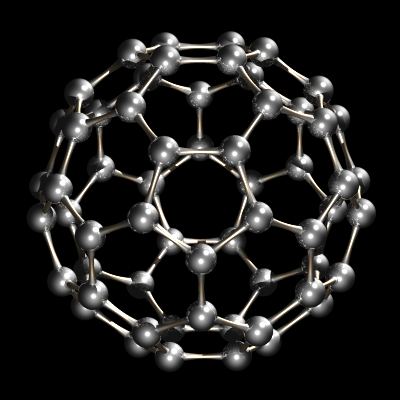The electronics of the project are pretty simple: just two UV LEDs powered in series by a 9-volt battery, with a 150-ohm resistor to limit the current. I added a switch that I had scavenged somewhere. The hard part turned out to be finding a suitable base and sheet of plexiglass. A trip to a local thrift store turned up an old plastic box (from a first-aid kit, maybe?) and some acrylic picture frames. Total cost, about a buck and a half.
I cut a hole in the box, glued in a piece of acrylic, and glued in the guts.
 |
| The inside of the nightlight, with the UV LEDs shining up through the acrylic. |
 |
| The finished product. Just needs some writing! |
You can write on the acrylic with a fluorescent highlighter pen (yellow works best, but orange doesn't look bad either), then turn on the UV LEDs.
The light looks best in total darkness, but you can see it even with some low ambient lighting. And when you want a new nightlight, just wipe the acrylic clean and start over! The kids thought it was pretty neat. And, to be honest, I did too!
Another "project" I did recently was to carve a Halloween pumpkin. I know it's early, but my creative juices were flowing. I was going to carve a periodic table, but decided that was a bit too ambitious. So I created an orange version of one of my favorite people:
 |
| I took this the day after I carved it...it's already starting to shrivel. |
Doesn't look like much...let's add a candle.
 |
| Pretty good, yah? |








